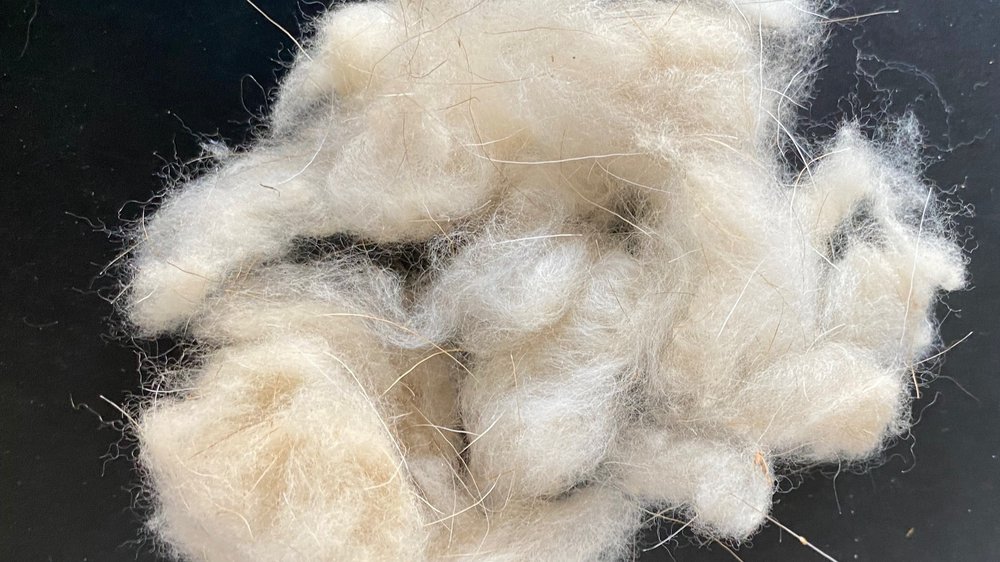Recognizing the Different Kinds of Cashmere a Natural Fiber and Their One-of-a-kind Benefits

The Beginnings of Cashmere: A Historical Overview
While the lavish touch of cashmere proceeds to beauty contemporary customers, its beginnings trace back to the extreme, chilly environments of Mongolia and the Mountain ranges. For centuries, the aboriginal individuals of these areas have actually been raising Capra Hircus goats, the prime resource of cashmere woollen. These goats, durable versus the extreme winters months, expanded a great undercoat to endure, which later on came to be recognized as cashmere.

The Production Process: From Goat to Garment
Shearing a Capra Hircus goat notes the beginning of the elaborate cashmere manufacturing process. This fragile treatment normally takes place yearly throughout springtime. The fine, soft undercoat is after that divided from the coarser external hair, a process called dehairing. The resultant raw cashmere is after that washed to remove pollutants such as grease, dirt, and vegetable matter.
The clean fiber is subjected to dyeing, spinning, and weaving, or knitting, to transform it into a material. Facility treatments such as quality control checks and finishing processes comply with, making certain completion item preserves the lavish criterion anticipated of cashmere. This meticulous procedure, from goat to garment, justifies the high expense attached to cashmere items, making them a sign of high-end and refinement.
The Different Types of Cashmere: An Extensive Evaluation

The Special Benefits of Cashmere: Convenience and Sustainability
Relocating from the selection of cashmere types to the advantages they offer, comfort and sustainability stand out prominently. Cashmere, a natural fiber, is renowned for its exceptional softness, giving a level of convenience that synthetic fibers can not match.
When it concerns sustainability, cashmere is eco-friendly and renewable, as it's gathered from cashmere goats that regrow their layers annually. what is cashmere. Unlike synthetic fibers which can take hundreds of years to decay, cashmere's influence on the setting is click here for more info very little. This mix of convenience and sustainability makes cashmere a helpful selection for aware consumers

Caring for Your Cashmere: Maintenance and Conservation Tips
While cashmere is most certainly a sustainable and glamorous option, it requires certain treatment to keep its top quality and expand its lifespan. To start, cashmere need to be hand washed using cold water and a mild detergent. Cashmere products ought to be stored in a great and completely dry area, away from straight sunshine and additional reading dampness.
Purchasing Cashmere: Recognizing Its Worth and Well Worth
Although cashmere might originally seem like a pricey financial investment, its long-term value and worth come to be obvious when you consider its amazing top qualities. Understood for its unmatched gentleness you can try here and heat, cashmere is a premium natural fiber that exceeds various other materials. Investing in cashmere, as a result, is not just concerning current fashion fads, however concerning embracing a sustainable, durable, and elegant way of living.
Conclusion
In summary, the kind of cashmere one chooses, be it Mongolian, Chinese, or Italian, is dictated by individual preferences for heat, deluxe, budget plan, and sustainability. The value of cashmere prolongs past its rate, with comfort and longevity contributing to its worth. Correct care and maintenance can ensure its conservation. Comprehending the beginnings, production procedure, and one-of-a-kind advantages of various kinds of cashmere can direct consumers in their investment in this glamorous all-natural fiber.
Whether it's the phenomenal warmth of Mongolian cashmere, the affordability of Chinese cashmere, or the eco-conscious production of Italian cashmere, there's a tale to be uncovered behind each fiber kind. Cashmere, a natural fiber, is renowned for its exceptional softness, giving a degree of comfort that artificial fibers can't match.When it comes to sustainability, cashmere is sustainable and biodegradable, as it's gathered from cashmere goats who regrow their coats each year. Understood for its unmatched soft qualities and warmth, cashmere is a costs natural fiber that outshines other products. Understanding the beginnings, manufacturing process, and unique advantages of various types of cashmere can lead consumers in their financial investment in this lavish natural fiber.